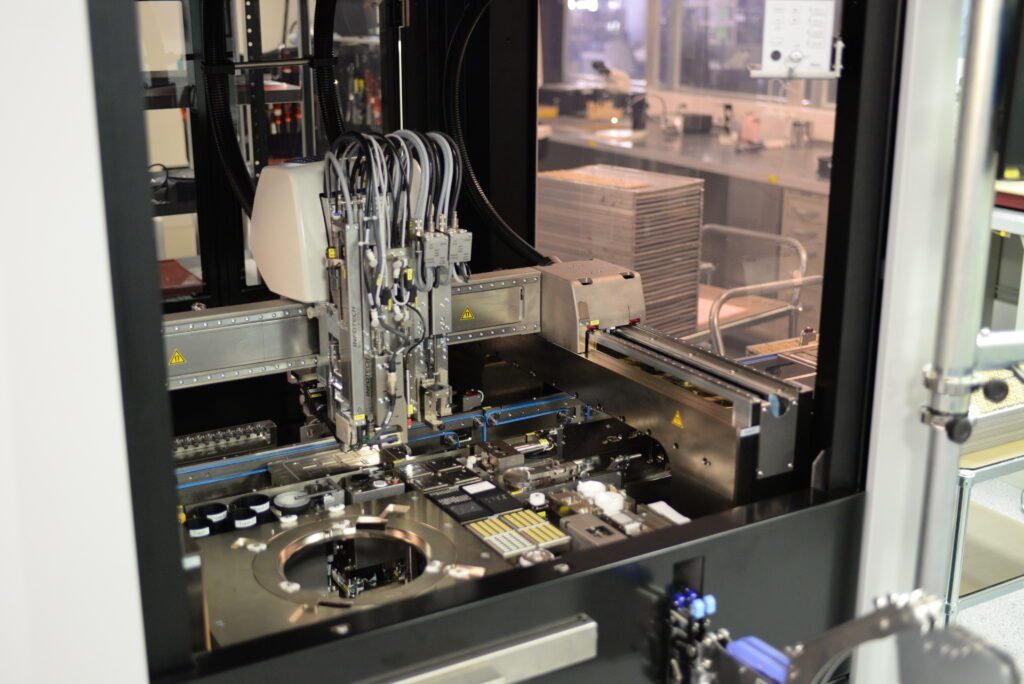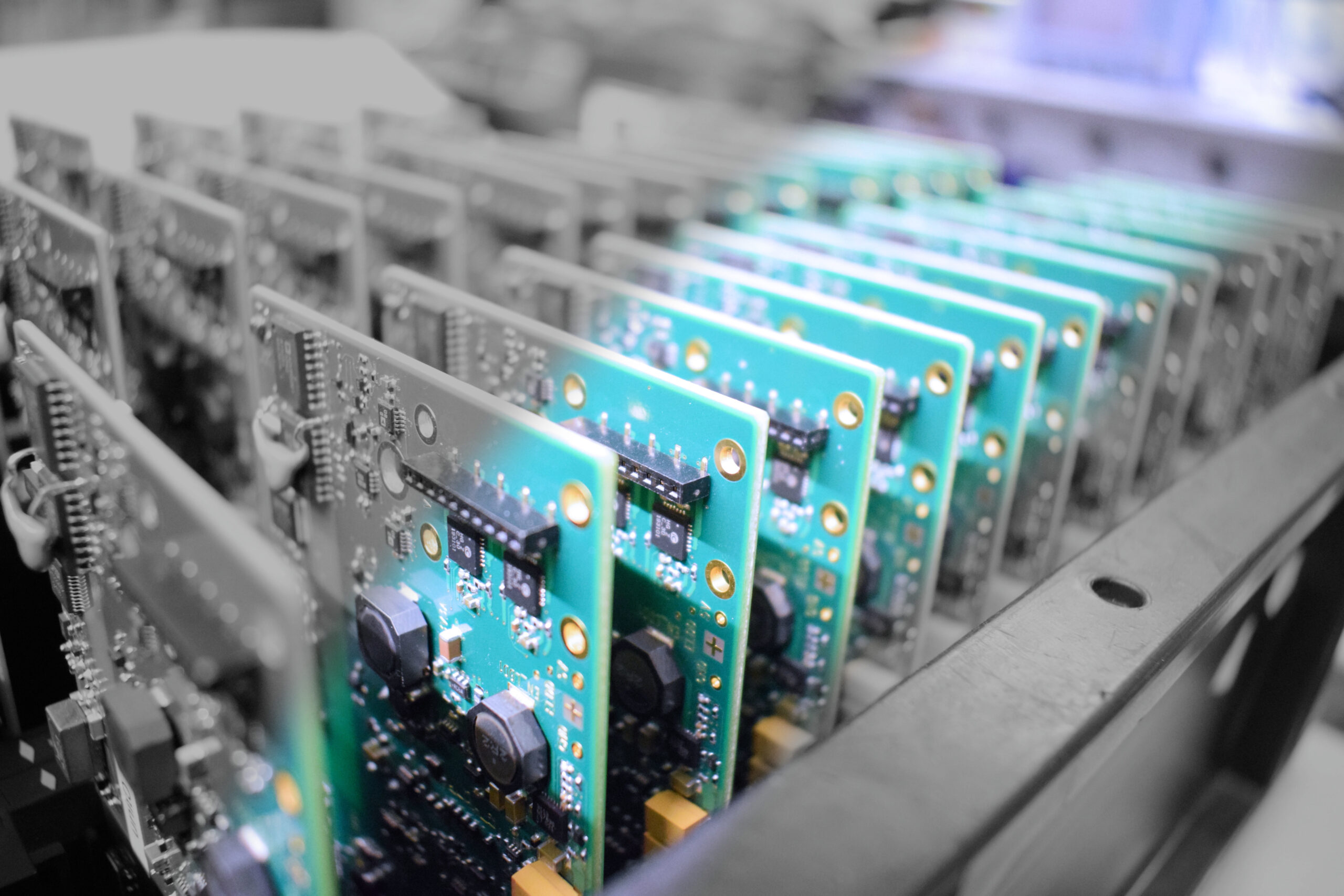Expert opinions
Here at Altatec, we understand expert opinions to include work such as cause and fault finding and the development of improvement measures in circuit construction and production technology. Expert opinions can also be useful when carrying out costly repairs or technically evaluating alternative components or systems.
You will receive an analysis report or recommendation that can help you in your decision-making.
- Circuit and system analyses
- Damage analyses
- Process analyses
Example – gold wire bondability analysis
The long-term reliability of IC chips heavily depends on the quality of the wire bonds. If bonds are defective this can lead to significant, negative long-term consequences on the operation of a device. On the one hand, the quality of a wire bond depends on the quality of the inter-surface bonding between the bonded wire and the respective surfaces. On the other hand, the geometry and plastic deformation inside the wire that occurs during the looping can have a negative impact on the long-term stability of a wire bonded IC.
The quality of a wire bond is usually determined by measuring the force at which the wire breaks when it is pulled vertically by a hook. The device used for this is known as a “pull tester”. The pulling forces depend on the geometry of the wire, the type of wire and the place at which the hook is used. In order to obtain reproducible results from the pull test, the different geometries of the wire loops must be considered. As a rule, the force measured on the pull hooks is not the force felt at both ends of wire. In order to obtain meaningful measurement data regarding the different geometries, the measured values must be corrected in any case.
The lower tolerances for the measured values are specified, e.g. in the MIL-STD-883 standard. However, one very important test method is not mentioned in this standard – the “Bond Shear Test”. This may be the reason why this method is largely unknown. The test is performed with a “Bond Shear Tester”, consisting of a sample holder, a shear blade with a chisel-shaped tool on the end and an instrument for measuring the shear strength of the bond. This test supplements the wire pull test but does not replace it.
A test such as this can provide a large quantity of data that can be used for statistical analyses. However, it is important to emphasize that such data, even when it shows outstanding results, may not show the whole truth regarding the quality of a wire bonding process. For example, if a printed circuit board has been perfectly coated, even if the wire bonds have been poorly executed, high levels of pull or shear can occur. But what happens if the coating quality is reduced when processing a different substrate batch, but still lies within the permissible manufacturing tolerance levels? In this case, the same wire bonding parameters can result in a very poor and unreliable process.
Altatec takes all these factors into consideration and carries out a complete analysis of the wire bondability. In addition to the recording of pull and shear strength data, the wire bonding quality is also investigated before and after the destructive tests. We also examine the coating quality and surface structure of printed circuit boards and chips and provide information that helps printed circuit board suppliers or clients with their own COB infrastructure to optimise their processes. If necessary, we also improve the entire wire bonding process by providing recommendations regarding the bonding parameters, the type of bonding tool and the die bond adhesive to use. Upon request, we can also test whether a certain cleaning method, such as plasma cleaning, has a positive effect on the wire bond quality.
All these findings are precisely documented and complied in a wire bond analysis document.
A wire bondability analysis consists of:
- An optical evaluation of the surface of the substrate and chips that are to be bonded
- A measurement of the pull and shearing forces
- A statistical analysis of the measurement data
- An evaluation of the quality of the wire bonds and wire form
- Recommendations regarding the wire bond parameters, wire type, bonding tool and loop form
- An analysis of the effects of plasma cleaning on the quality of the wire bonds
- A documentation of all findings in an analysis document



Electrical and electronic tests
In addition to the visual checks, electrical and electronic tests are carried out on a product-specific basis during and at the end of production. By using specific electrical and electronic test methods adapted to the product, the functionality of the circuit can be verified before it is processed any further. This way any components or printed circuit boards that do not correspond to the specifications, for example, can be detected and production can be stopped in a timely manner in view of these deviations. Intermediate electrical and electronic tests are a must when working with complex modules made with exclusive, and therefore usually expensive, components.
